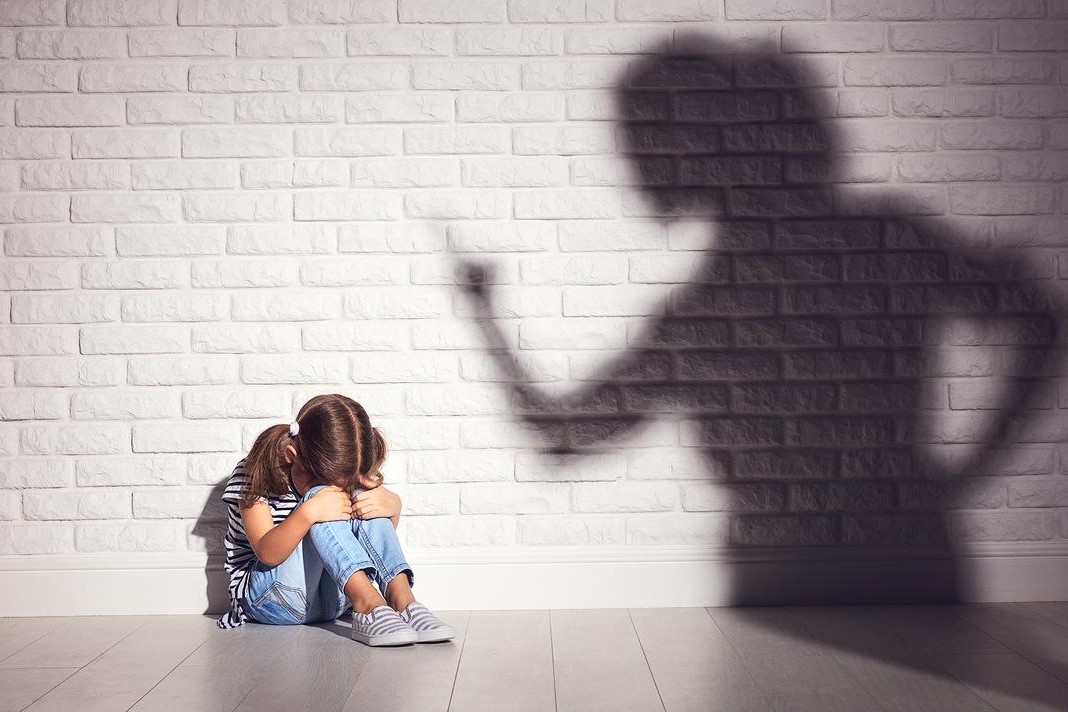
Child abuse and maltreatment: how to diagnose, how to intervene
Child abuse and maltreatment may require the concerted intervention of the judicial authorities, public security, social services and health care facilities
Abuse and maltreatment are all forms of physical and emotional abuse, sexual abuse, neglect, negligence or commercial or other exploitation that result in actual or potential harm to a child’s health, survival, development or dignity within a relationship characterised by responsibility, trust or power (WHO).
CHILD CARE PROFESSIONALS IN NETWOK: VISIT THE MEDICHILD STAND AT EMERGENCY EXPO
What is child abuse and maltreatment?
Maltreatment is a serious alteration in the relationship between an adult and a child with sometimes subtle characteristics whose consequences are not always easy to diagnose.
When maltreatment takes place within the home, it is part of an early disturbed relationship with one’s attachment figures (which in itself represents a trauma in the relationship of trust and security), producing in the child difficulties in controlling stress and in the psychic mechanisms that regulate behaviour and emotions.
Maltreatment can occur through an isolated, serious, extreme event that overwhelms the child’s ability to resist, or through repeated events or prolonged conditions (such as neglect), leading to a true developmental alteration caused by the trauma to which the child is subjected.
What are the consequences of child abuse and maltreatment?
Research has shown that trauma produces neurobiological changes, i.e. in the functioning of the brain.
The brain’s alarm system, which functions as a kind of ‘smoke signal’, continues to be activated and to signal to the brain: ‘danger, escape’.
At the same time, other brain systems that normally function as a ‘control tower’ (i.e. information processing) are deactivated, with the loss of the ability to regulate emotions, self-awareness, empathy and attunement to others.
The consequences are closely linked to the age at which the problem begins to occur, the quality and frequency of the abuse or maltreatment, and the presence or lack of protective factors.
In general, there is a deterioration of social relationships, which sometimes leads to inhibition and social withdrawal, very low self-esteem, low self-confidence and a continuous devaluation of one’s own actions and thoughts, such as ‘I am not capable’.
Short-term consequences can be:
- Specific fears, i.e. triggered by specific stimuli such as a certain place, a certain object, a certain animal, a certain situation;
- Hyper-alertness;
- Loss of interest;
- Sleep disorders;
- Regressions in behaviour or sphincter control;
- Reduction or excess of appetite;
- Compulsive behaviours such as rocking, walking back and forth, rubbing or banging objects;
- Rapid mood swings with unmanageable crying fits, irritability and marked hyperactivity, impaired school functioning, social withdrawal, conduct disorders, psychosomatic disorders (abdominal pain, headaches, asthmatic crises), as well as Post Traumatic Stress Disorder.
Long-term consequences can be
- Development of self-image and sense of self-worth, interpersonal sphere;
- Anxiety disorders;
- Sexual behaviour disorder;
- Eating disorders;
- Substance abuse;
- Personality disorders, psychosis, suicidal ideation.
How is child abuse and maltreatment diagnosed?
The diagnosis involves a neuropsychiatric examination and a psychological examination to understand the child’s development and psychopathological profile. Standardised psychological tests are used for diagnosis.
Clinical interviews and an interview with parents and children and adolescents are planned, as well as a family session to assess family relationships.
In the case of younger children, play observation sessions are planned to assess the child’s ability to spontaneously entertain relationships and feel emotions.
There is also provision for paediatric, radiological and gynaecological multi-specialist counselling if lesions or clinical indications are found.
How is it treated?
The treatment plan must be established by a specialised team based on the child’s psychological profile and the family’s resources.
Interventions indicated by international guidelines:
- Individual and integrated psychotherapy interventions with parents/adult reference figures and to rebuild bonds of trust;
- Pharmacological intervention based on clinical features and severity.
What is the prognosis in case of child abuse or maltreatment?
“There is no wound that cannot be healed”.
The condition of abuse is not a condemnation for the individual, but a risk factor within his or her developmental pathway, which is also made up of individual protective factors (genetic, neurobiological, cognitive, emotional) and the resources of the surrounding environment.
Read Also:
Metropolitan Police Launches A Video Campaign To Raise Awareness Of Domestic Abuse
World Women’s Day Must Face Some Disturbing Reality. First Of All, Sexual Abuse In Pacific Regions


